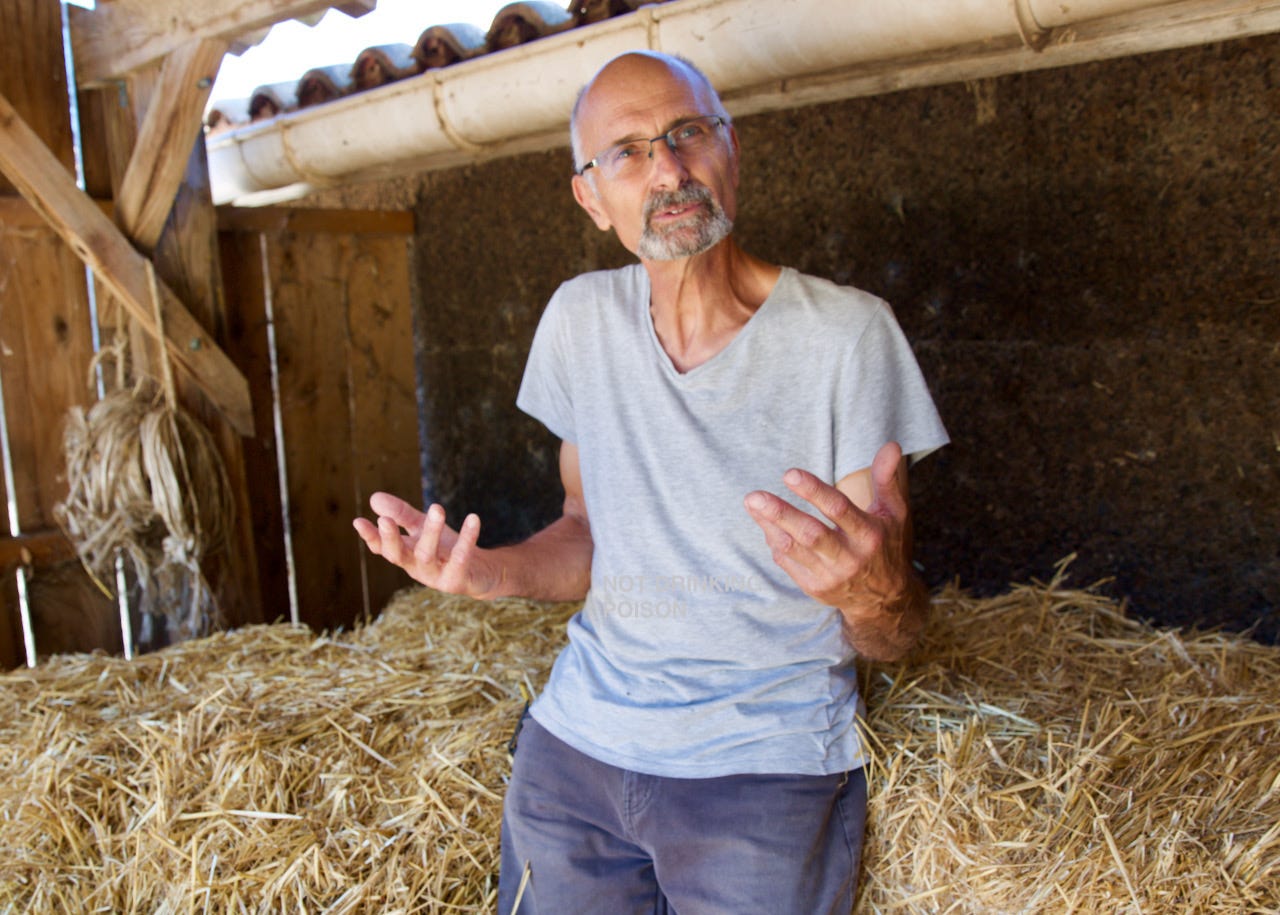More Paysan Than Vigneron: Fontedicto
An interview with Fontedicto vigneron Bernard Bellahsen, the pioneer, successively, of horse-plowing, organics, biodynamics, and unsulfited vinification in the Languedoc.
The kindly, militant uncle of Languedoc natural wine, Bernard Bellahsen is a figure of singular influence in natural viticulture, having pioneered organics, horse-plowing, and biodynamics in the south of France - all before ever beginning to make wine.
From the late-1970s until moving to the outskirts of the village of Caux in 1994, Bellahsen produced what was, presumably, really excellent grape juice in the plains west of Béziers.
In Caux, encouraged by the needs of his growing family as well as the superior local terroir, he began vinifying his crop under the name Fontedicto, and soon earned a reputation for divisive, intensely structured, immortal natural red wines (as well as a rare, manna-like white from terret). Haters call Fontedicto wines bretty and volatile. Far-sighted tasters know these characteristics can transform, with long bottle age, to create profiles of extraordinary beauty: accords of fine leathers, aged steak, and garnet-toned fruit. Among fellow vignerons, Bellahsen is known equally for his strident rigor in farming, insisting, famously, on plowing both directions in his gobelet-trained vineyards.
Quick Facts:
French-Tunisian-Italian by birth, Bernard Bellahsen began farming vines in 1977, working organically from the start, producing grape juice west of Béziers.
In 1995, he and his wife Cécile moved to Fontarèche, where they began producing wine. The estate was initially known as Domaine de Fontarèche, but the couple changed the name to Fontedicto after a dispute with an existing estate called Fontarèche.
At its height, the Bellahsens’ estate comprised 5ha. Today the couple farm just 1.5ha of carignan and syrah on limestone and basalt soils. Yields are generally between 15-20 HL/ha.
Vinification occurs in a cellar of the Bellahsen’s own construction, insulated with cork. Red grapes are destemmed and ferment in steel tank. Macerations and fermentation often last many months, since he tends to press when sugars are done.
Cuvées include the flagship red blend “Promise,” “Coulisses,” which is what Bellahsen calls the same wine when he feels the vintage isn’t quite up to the standard of “Promise,” and “Pirouette,” a pure carignan cuvée. There was also a white wine from terret, “Claire de Terre”; 2010 was the last vintage produced.
BERNARD BELLAHSEN: AN INTERVIEW

The following interview was conducted in January 2019. It has been condensed and edited for clarity.

